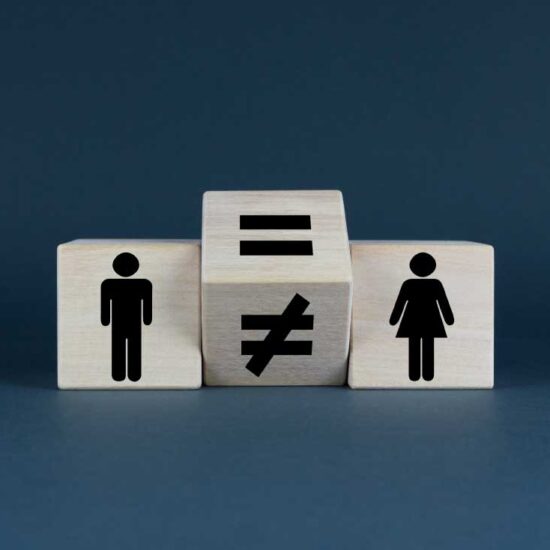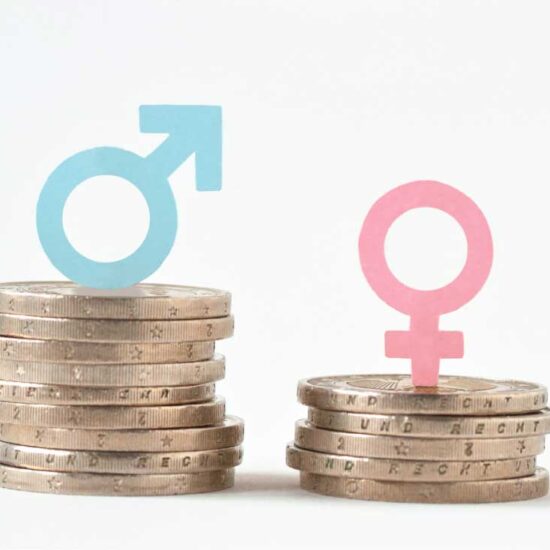
By Nicola McDougall, Editor, The Female Investor
Women are continuing to lag behind men in property ownership, which can result in in unequitable financial outcomes throughout their lives, according to a special report.
CoreLogic’s inaugural Women and Property: State of Play provides evidence of the relationship between the gender pay gap and the gender wealth gap.
Indeed, it suggests addressing gender income equality could support closing the wealth gap as it relates to real estate over time.
The report analysed a 2021 snapshot of property ownership by gender across Australia and New Zealand, by matching ownership gender with 41.2 per cent of Australian properties, and 72.6 per cent of New Zealand properties.
Author of the report and CoreLogic Head of Residential Research Eliza Owen said the rates of male property ownership are higher than women, with the gender wealth and gender pay gap both part of the reason.
“CoreLogic estimates Australia’s residential real estate to be worth over $7 trillion. Given there’s a high level of equity held in real estate, if you don’t own property, that’s a big source of household wealth and security you don’t have access to,” Ms Owen said.
Implications for retirement
With property ownership being a “pillar” of retirement, outright property ownership reduces housing costs when income has generally dropped and can significantly reduce the incidence of poverty in retirement, according to the report.
Property ownership can also provide a source of wealth accumulation to help maintain living standards, service health care or aged care costs, or support intergenerational wealth.
One of the big findings was that the most common type of ownership is two people together, and in most cases it’s a male and a female, Ms Owen said.
“That speaks to affordability constraints and infers you often need dual incomes to achieve property ownership,” she said.
“The other element of this is that lone households would have less success getting into the property market. What’s important about that, when it comes to women and real estate, is that women make up over 60 per cent of either single-parent or lone adult households.
“Yet at the Australia-wide level, sole property ownership among women is less than their male counterparts, which means women are over represented in lone households but they’re underrepresented in property ownership.”
Ms Owen said the core of the analysis and its findings found that property owners was fundamentally about wealth inequality and income inequality.
“And that doesn’t just span between men and women, it spans among women as well – including those that are single, sole parents, or part-time workers,” she said.
Key findings for Australia and New Zealand
- Unsurprisingly, there were higher rates of property ownership among men than women in both Australia and New Zealand.
- In both countries the most common type of ownership was “mixed gender” ownership, where both men and women had ownership of the property. This accounted for 56.8 per cent of properties in New Zealand, and 43.9 per cent of properties in Australia. The mix of male and female ownership implies two or more incomes were used to buy the property.
- The high rate of mixed gender ownership in New Zealand means that women have a higher portion of total (sole or joint) ownership (77.1 per cent) compared with Australian women (70.1 per cent).
- Across Australia and New Zealand, rates of female ownership of property tended to be higher in major cities. In Australia, female property ownership is higher where dwelling values are higher, and incomes are typically higher. This reinforces the idea that property ownership is ultimately a function of income and fixing the gender wealth gap in property could be about fixing the gender pay gap.






